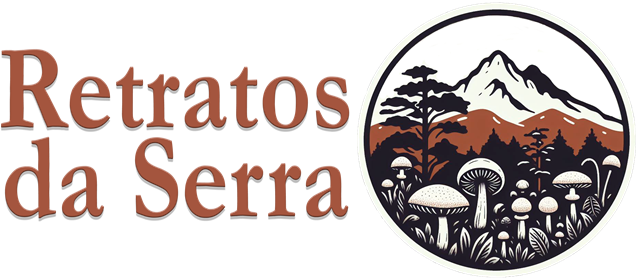We’ve encountered these big and beautiful mushrooms of the species Gymnopilus junonius for the first time in June 2023, then later also in November, both times at the base of the same eucalyptus tree in the midst of the city. In the next year, from April through June, we’ve found them in abundance in an eucalyptus plantation.
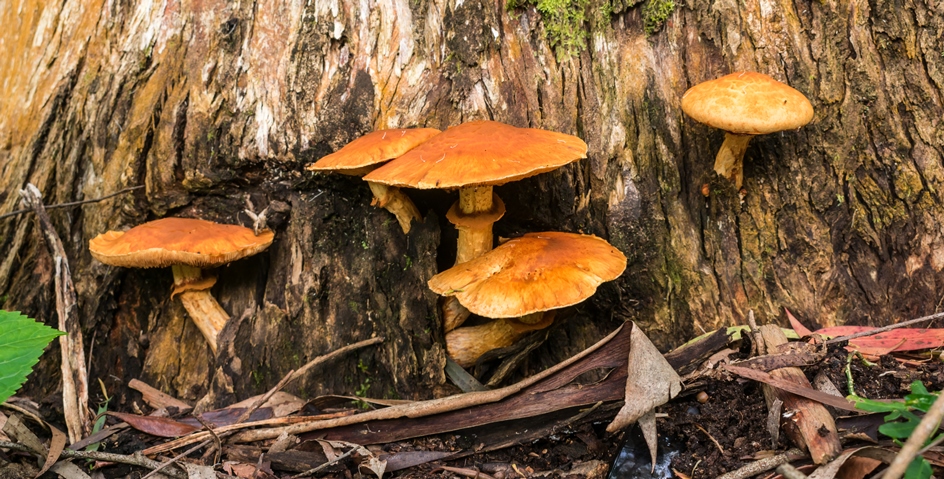
Also known as Laughing Gym/Jym or Spectacular rustgill, or in Brazil as “Cogumelo uruguaio” (Uruguayan mushroom) or Hongo de eucalipto (Eucalyptus mushroom) in Uruguay.
Here in Brazil this species normally grows in association with eucalyptus (but we have also seen it once growing on Pinus), and they can reach up to 30 cm in diameter at the cap and 20 cm in height. It has a mobile ring and lamellae on the hymenophore (underside of the cap).
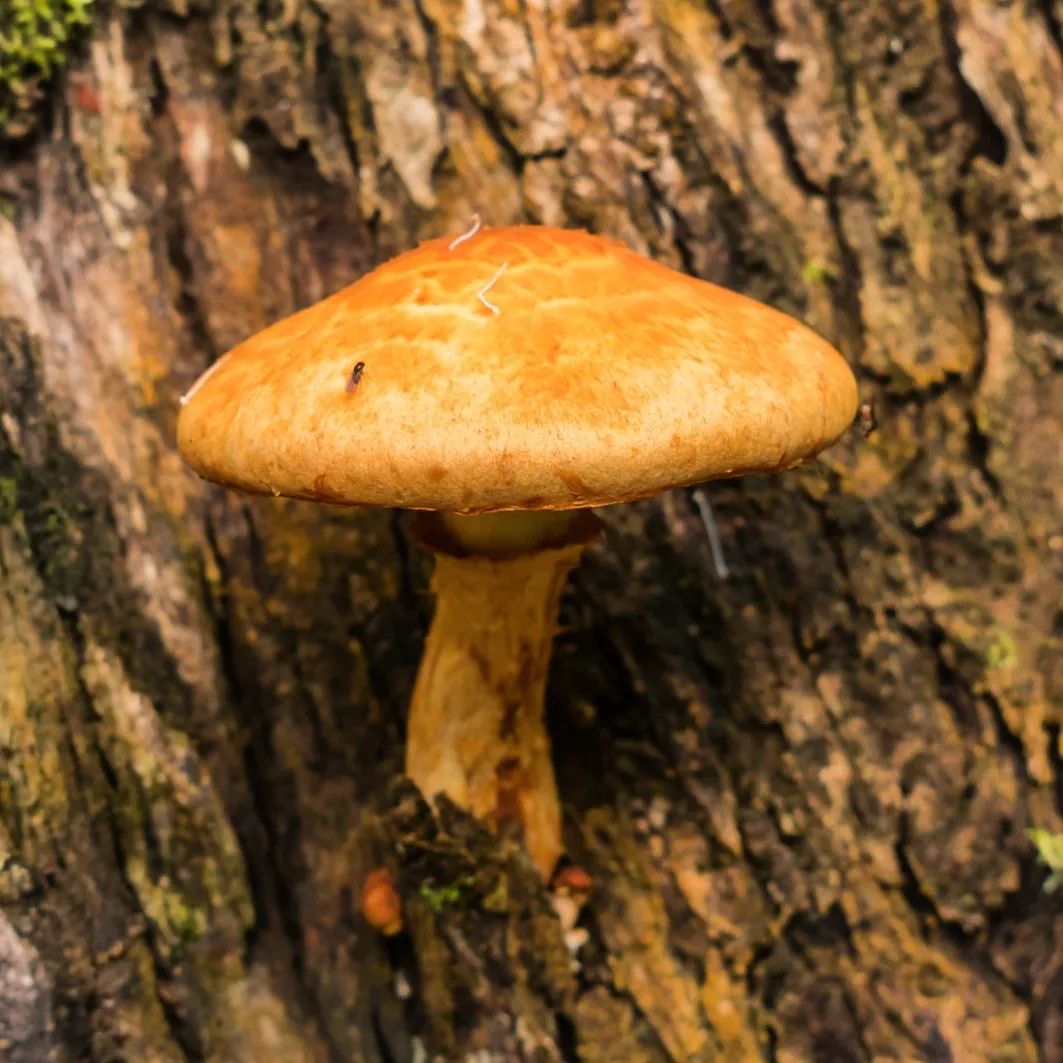
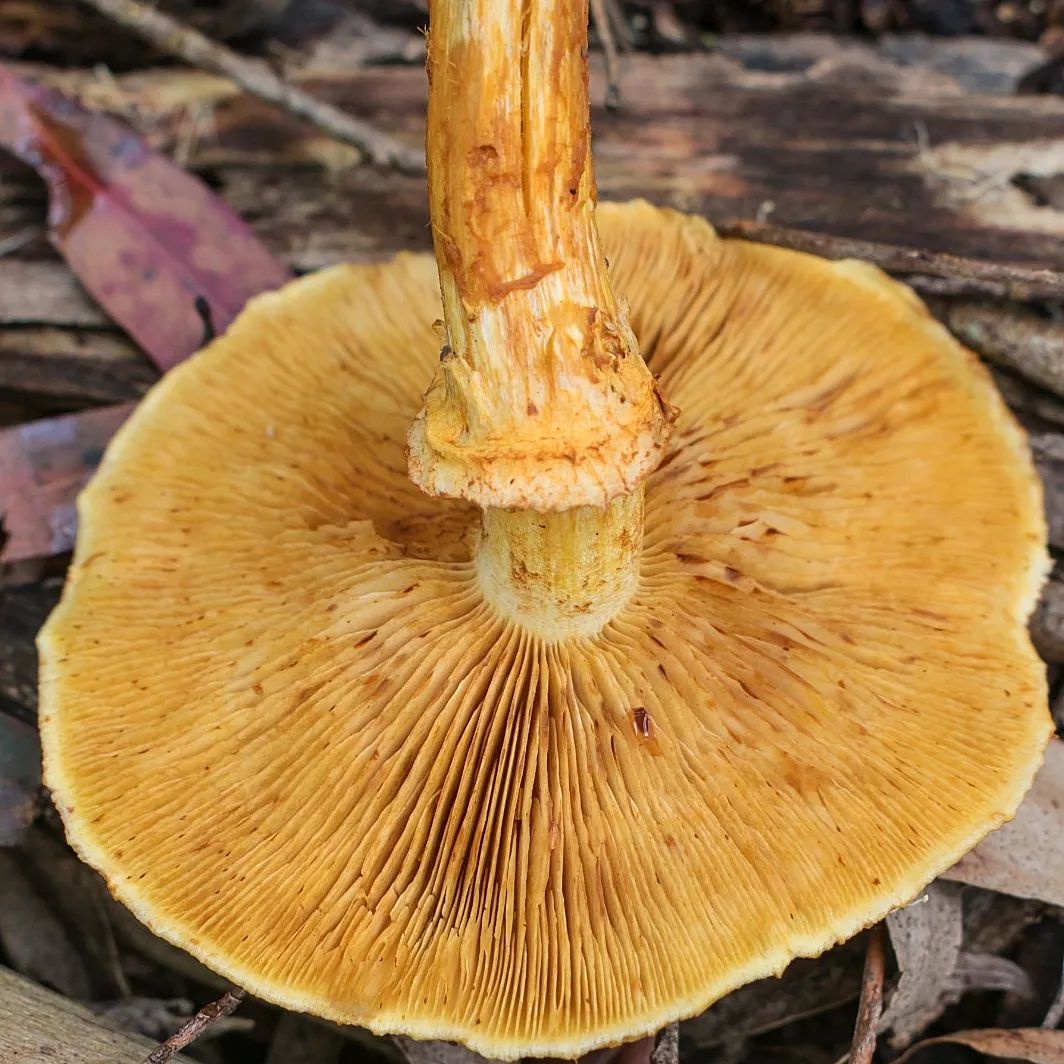
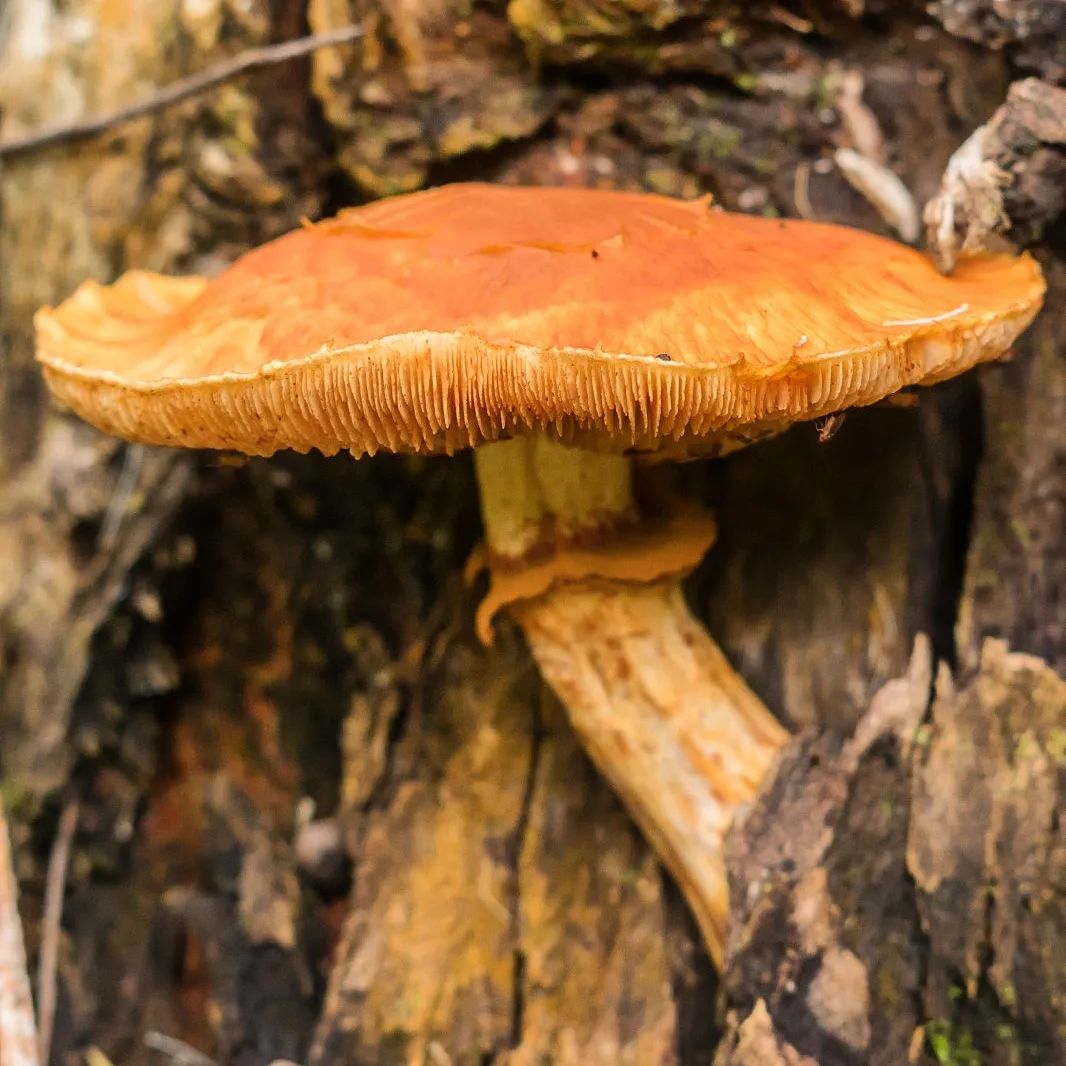
It is more commonly found in Autumn and Winter, but we’ve also found them in the middle of Spring. They are not native from here, but they are quite widespread because of the amount of eucalyptus plantation + favorable climate here in the South of Brazil.
Researching on the internet you will find different (and confusing) information about its edibility. Some report (mainly on English-language sites) that it is inedible due to its bitter taste, and that some subspecies have certain toxins and even hallucinogenic properties.
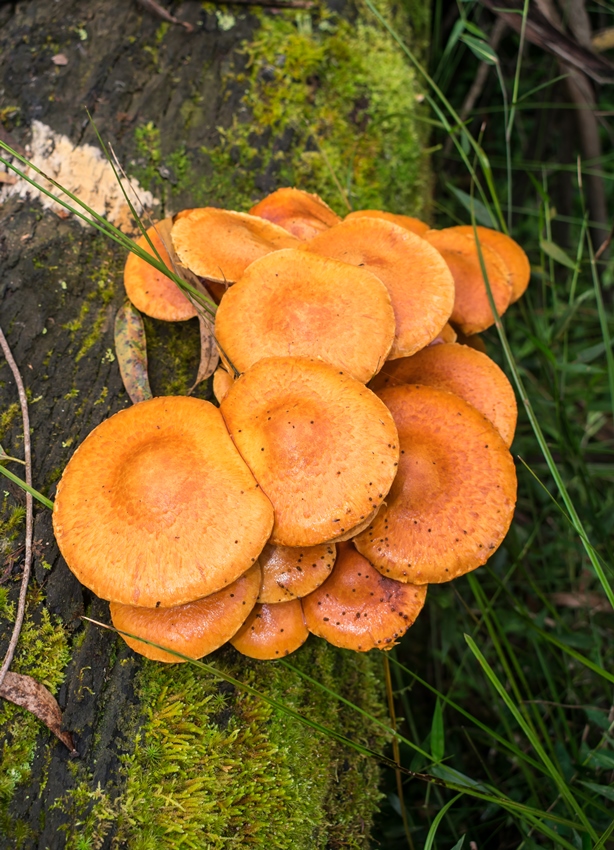
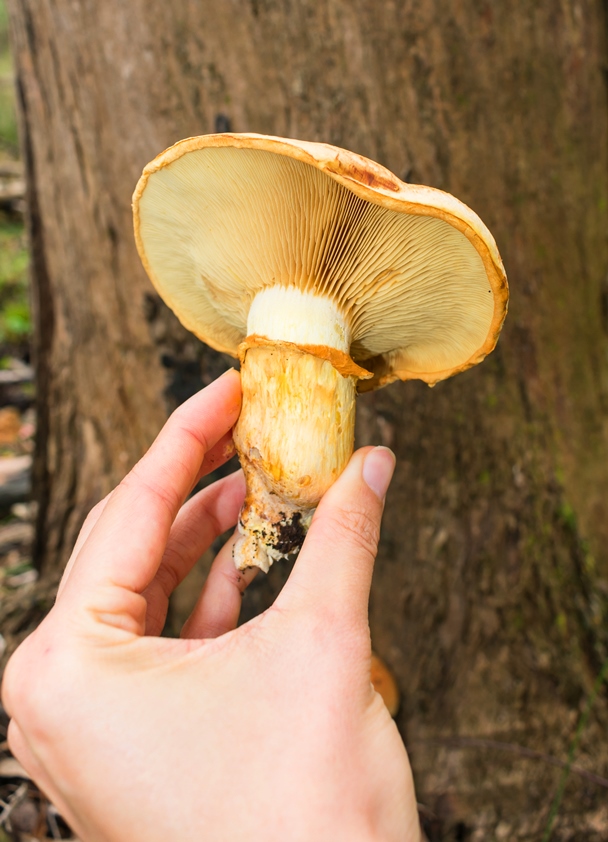
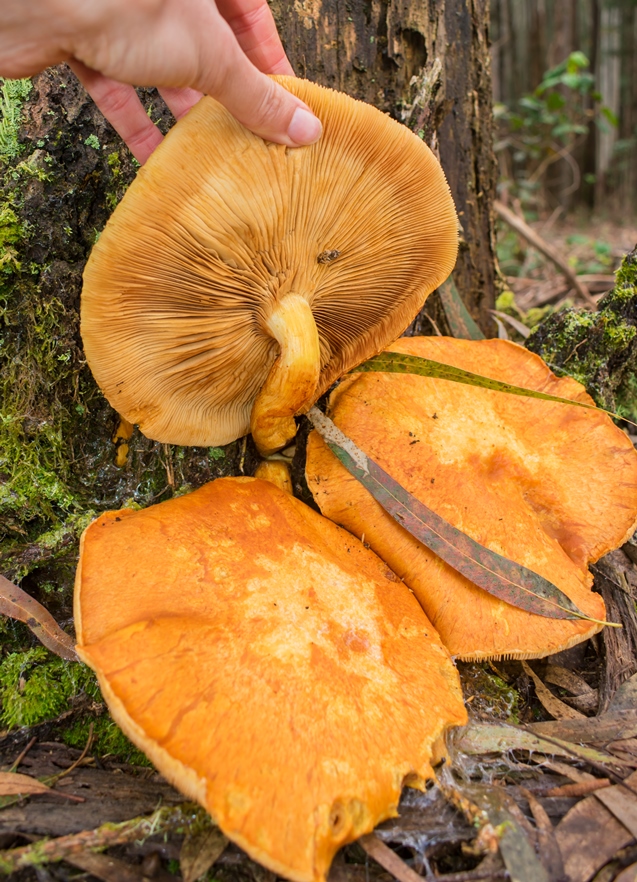
However, I found out that it is widely consumed in Uruguay (which explains its common name in Portuguese). Apparently, Uruguayans have a specific method of preparing it, which involves boiling it a few times and discarding the water, and then pickling it in a escabeche recipe, which makes them edible.
Trying a Gymnopilus junonius escabeche recipe
Since in Autumn 2024 we found a huge amount of these mushrooms in a eucalyptus plantation, I decided to collect some to make this escabeche recipe. I’m not a big fan of pickled things like this with vinegar, but I was curious to at least try it once.
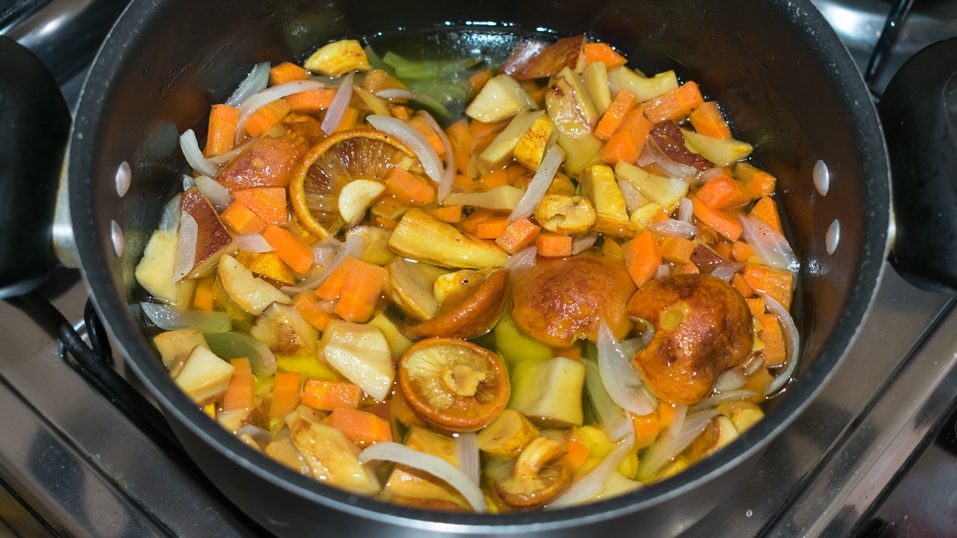
I followed a recipe from the Primavera Fungi book that I already had here, but later I saw that there are thousands of recipes on the internet, especially if you search in Spanish for “Escabeche de hongos de eucalipto” or variations thereof.
The first step is to cut the mushrooms and wash/rinse them several times, changing the water, until it is very clear; and then boil the mushrooms for a few minutes and discard the water. The recipe in the book says to boil them only once, but on the internet I later saw people recommending boiling and discarding the water about 3 times, which in retrospect made much more sense because they are really very bitter and just boiling them once didn’t solve the problem.

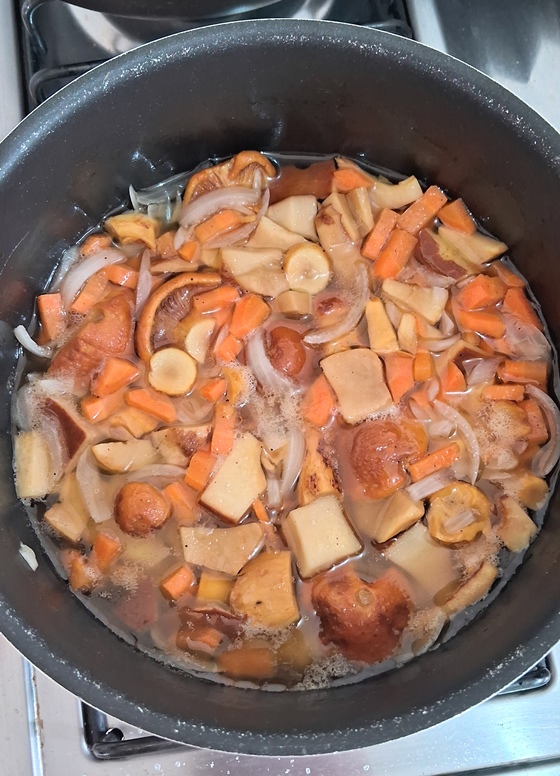
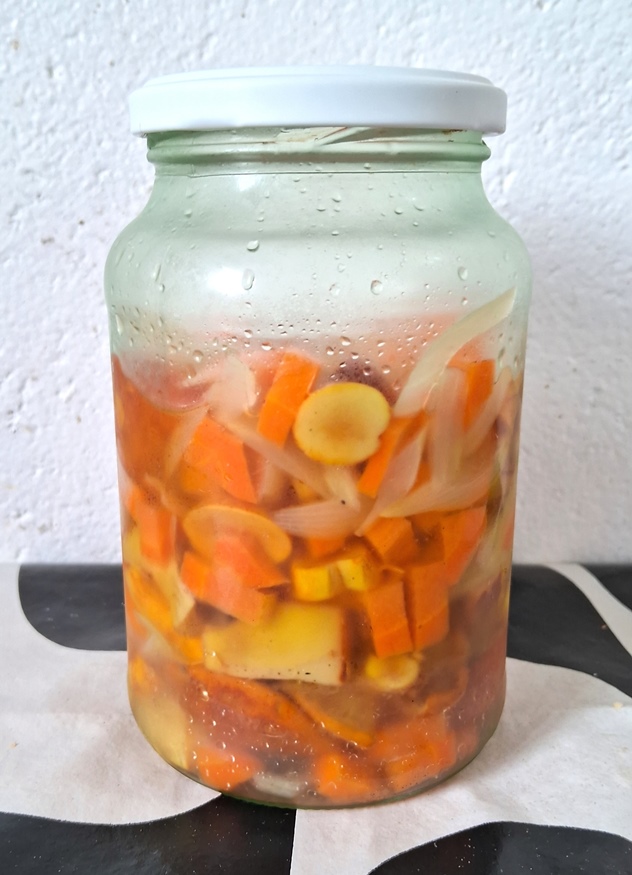
Afterwards it follows a more or less basic recipe for pickling/preserving. The end result: we didn’t like it very much, lol. It was bitter, but I believe that carrying out the boiling and discarding process a few more times would have solved this.
But, apart from the bitterness, in the end the mushroom ends up tasting like nothing, it tastes like a normal preserve, so it will depend on what other tasty things you add to it (usually the recipes have onion, garlic, carrot, etc.). Anyway, I honestly thought it was a lot of work for a pretty mediocre result, lol. But there are people who love it, it really comes down to personal taste! But it can definitely be said that with the right preparation Gymnopilus junonius is indeed edible.
📸 Pictures made in São Francisco de Paula, Rio Grande do Sul (Serra Gaúcha, South of Brazil).
⚠ Remember to never eat wild mushrooms without proper identification.
